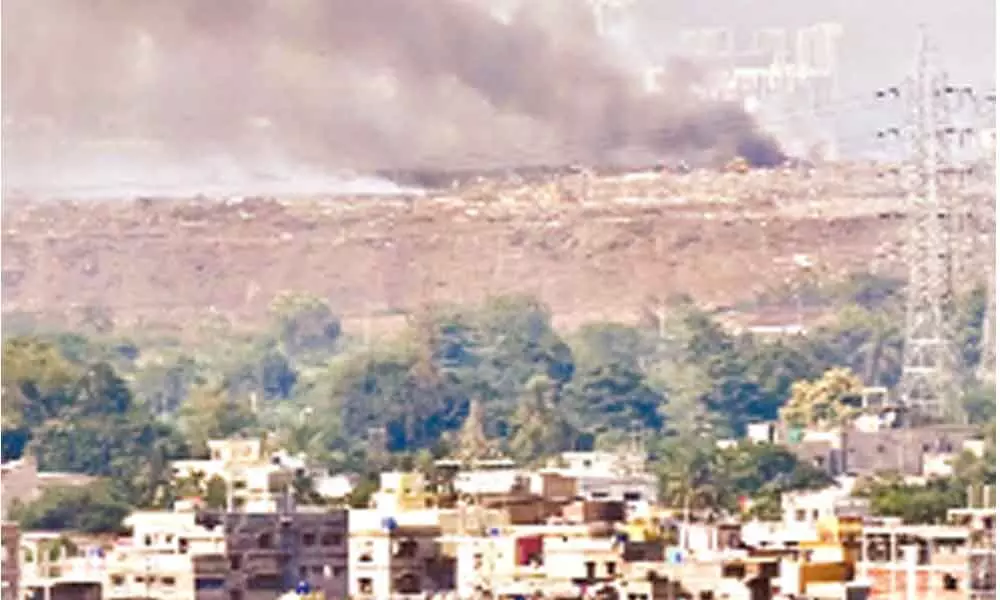Air that ails the City of Joy!
The recent Air Quality Life Index by EPIC of Chicago suggested that Kolkata has the 2nd highest life expectancy loss (7.3 years) after Delhi (9.7 years) among Indian metros
image for illustrative purpose

Kolkata: THE facelift of Kolkata notwithstanding, when it comes to air quality, things are still nothing to write home about in the city of joy. The recent Air Quality Life Index (AQLI) released by the Energy Policy Institute at the University of Chicago (EPIC) suggested that Kolkata has the second highest life expectancy loss, which stood at 7.3 years after Delhi (9.7 years) among the Indian metro cities. Kolkata is also one of the seven non-attainment cities in West Bengal. A non-attainment city is one that does not meet the prescribed air quality standards set by the Union environment ministry.
Interestingly, several studies have already shown the impacts of air pollution on not only respiratory organs but also the brain and even reproductive organs. Recently a first pan-India study conducted by scientists from four institutes across the country found a direct correlation between air pollution and increasing disease incidence. The study stated that areas with poor air quality and higher emissions of particulate matter (PM) 2.5 are more likely to have Covid-19 infections and related deaths.
"We are in the process of compiling an online petition, using which citizens will be demanding that timely public health advisories be issued widely in the mainstream public domain so that we all cannot only protect ourselves but also our loved ones when the air quality in the city deteriorates. The campaign also demands proper implementation of the Clean Air Action Plan across all 7 non-attainment cities. The Urban Local Bodies (ULB) should mandatorily issue timely health advisories publicly, to alert citizens on 'bad air' days, which will help save vulnerable groups from severe health impacts of air pollution," said Vinay Jaju, Founder of SwitchOn Foundation and member of West Bengal Clean Air Collective. Significantly, bad air days are when the air quality index (AQI) - pollutant measuring indicator - rises beyond the safe limit for any location falling either under the poor, very poor or hazardous AQI levels.
Ashirbad S Raha, EPIC India, University of Chicago, on his parts, said, "It's time that we realise that air pollution is cutting our lives short. It's time that the health impacts of air pollution become a subject of discussion at our homes, schools, and offices. It's time to create conversations that can create lasting change."
Underlining the role of the urban local bodies in this whole process, Ronak Sutaria, Founder of Respirer Living Sciences, which focuses on realtime data monitoring said that the health advisories will prove to be a very effective tool for everyone, especially those who suffer from respiratory issues, senior citizens and pregnant women. However it's important that the health advisory should be hyper-local in nature as it will help users know about days and time when they should avoid outdoor activities like walking, cycling or other exercises as well as avoid having people vulnerable to breathing difficulties and small children for playing outdoors in their specific locality. Globally this is already being done and there are simple and effective templates available that our ULBs can use to send these neighbourhood-level advisories in a manner that people will understand.
Interestingly, the United Nations General Assembly had last year declared September 7 as the International Day of Clean Air for Blue Skies in recognition of the growing interest in clean air among the international community, and the need to continue improving air quality to safeguard human health. "Clean Air for All" seems to be the new mantra amongst concerned citizens.

